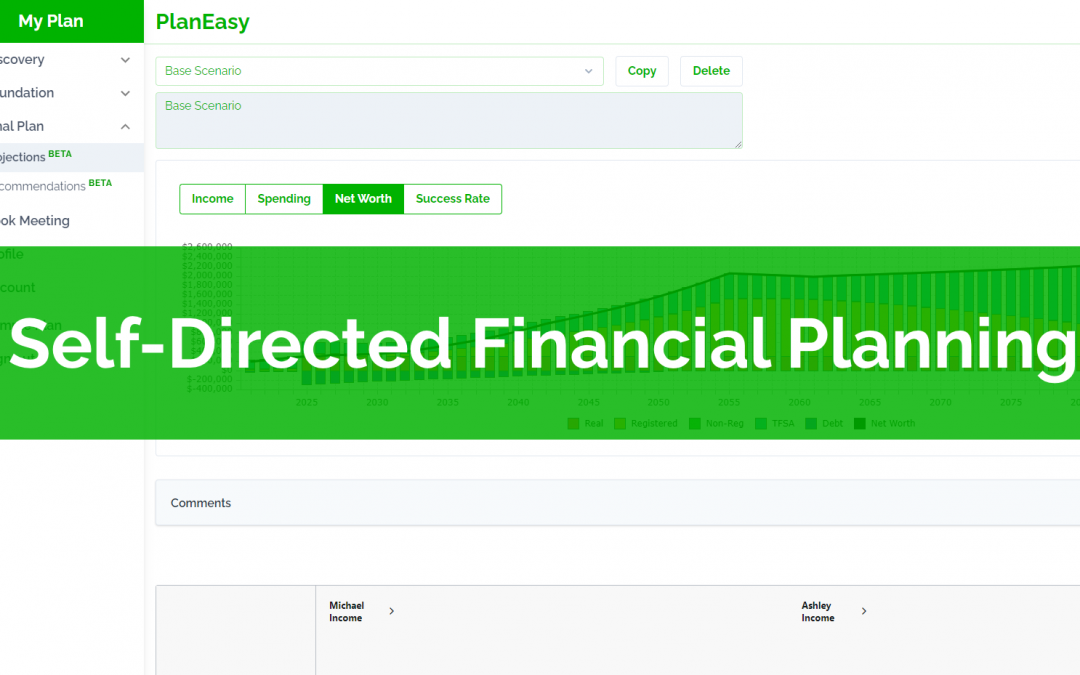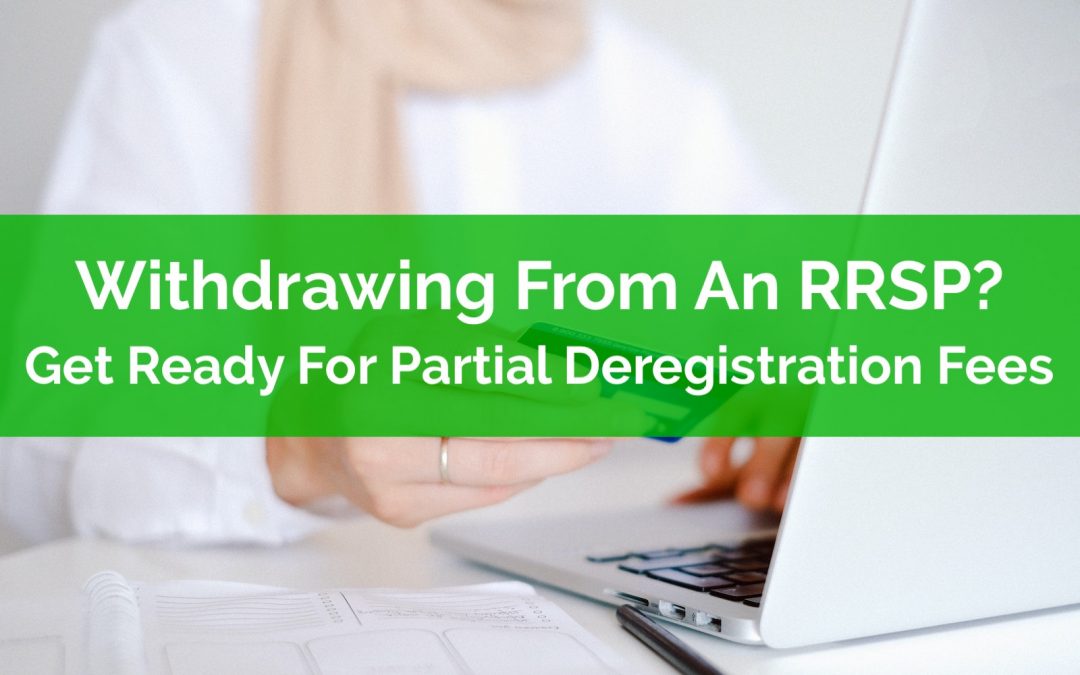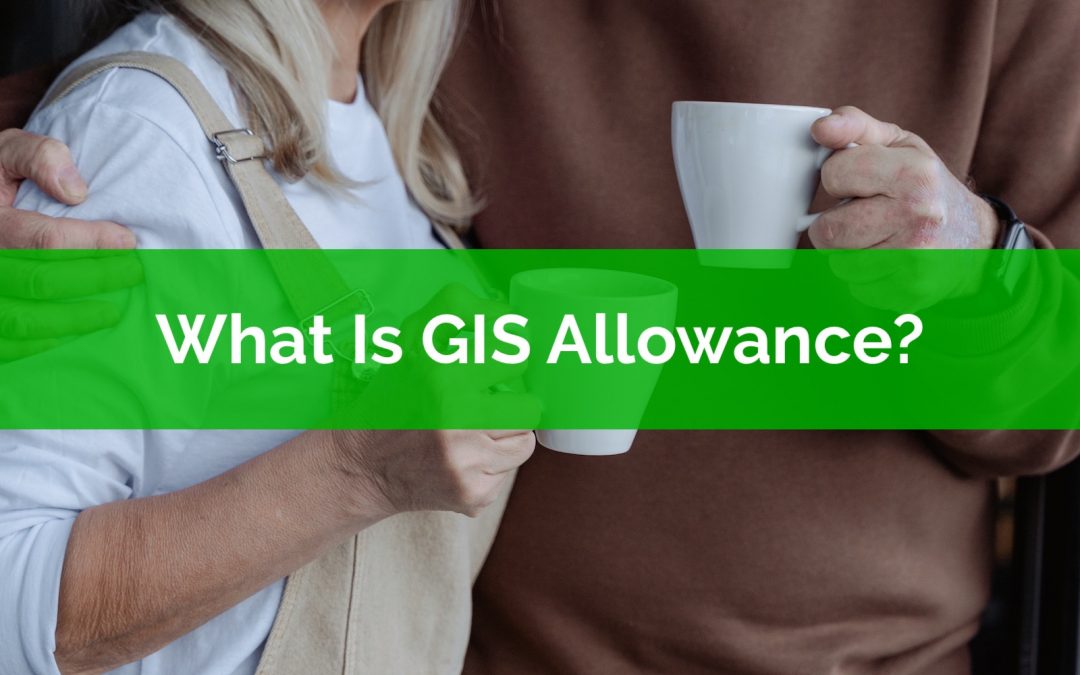
by Owen | Nov 15, 2021 | Behavioral Finance, Buying A Home, Down Payment, Financial Planning
One disconcerting phenomenon we’ve noticed recently is that many people, if they had to purchase their home again today, likely couldn’t afford it.
With changes to down payment rules and mortgage qualification, plus the recent increase in home prices, the “numbers” needed to qualify for a home purchase are higher than ever.
The fact is that many people, if they were to purchase again today, would be priced out of their own homes!
There are a few reasons for this, which we’ll explore below, but based on affordability today, many of us might not be able to afford the home we live in today if we had to purchase it again.
We will also share three examples below of people who purchased their home in the past but likely couldn’t afford the same home today if they had to purchase again.

by Owen | Nov 8, 2021 | Behavioral Finance, Financial Goals, Financial Planning, Investment Planning, Retirement Planning, Tax Planning
We want to make the most of our hard-earned money. But that can mean different things to different people. The way we “optimize” our financial plan can vary greatly from one person to the next.
There are a few different ways to optimize a financial plan. Some will be obvious and widely accepted, like minimizing income tax where possible, but some are a bit less obvious or will depend on personal preferences.
Because a financial plan represents our personal preferences and personal values, no two financial plans are the same.
While two people may have similar income, assets, and net worth, they could have dramatically different financial plans depending on what they’re optimizing for.
We all want to make the most of our money, but what that looks like will vary greatly from one person to the next.
Here are a few of the different ways you can optimize your financial plan… what are you optimizing for?

by Owen | Nov 1, 2021 | Financial Goals, Financial Planning, Income, Investment Planning, Retirement Planning, Tax Planning
We’re excited to introduce self-directed financial planning, a new way to access advice-only financial planning.
At PlanEasy our mission is to make advice-only financial planning easy, accessible, and inexpensive, and our new self-directed financial planning platform helps make that even more of a reality.
Self-directed planning uses our innovative financial planning platform to create a truly customized financial plan in just three simple steps.
The platform intelligently tailors to every individual, couple, and household to create a unique financial plan that is customized to your exact situation.
Unlike other financial planning options, our platform is completely unbiased, there are no products, no sales goal, just advice.
Our platform helps you optimize your financial plan for income tax, tax credits, and multiple governments benefits including the big ones like Guaranteed Income Supplement (GIS) and the Canada Child Benefit (CCB) as well as multiple smaller government benefits too.
Most importantly, a self-directed financial plan is just a fraction the cost of a typical one-on-one advice-only financial planning engagement, making it easier and less expensive to create an unbiased financial plan.
Interested? Get early access to self-directed financial planning, join the waitlist now.
Let’s take a look at just a few of the ways a self-directed financial planning can help you make the most of your money…

by Owen | Oct 18, 2021 | Budgeting, Financial Planning, Income, Retirement Planning
For those in the accumulation phase of their financial plan, withdrawals are not even on the radar yet, they’re entirely focused on contributions.
But for those getting close to retirement and the decumulation phase, their mindset starts to shift from contributions to withdrawals. They’ve been adding to these accounts for so long that they’re probably now wondering “how do I get my money out?”.
One unexpected realization people often have as they enter the decumulation phase is that it costs money to withdraw from an RRSP, sometimes a lot of money.
That’s right, withdrawing from an RRSP costs money. There is typically a fee charged on every RRSP withdrawal. These RRSP withdrawal fees are called “partial deregistration fees” and they can range anywhere from $50 to $100+ depending on the financial institution.
Finding out about these partial deregistration fees is a shock for those entering early retirement and for those who aren’t aware that these fees exist… or how to avoid them.

by Owen | Oct 11, 2021 | Financial Planning, Government Programs, Retirement Planning, Tax Planning
GIS Allowance is one of those unique government benefits. It applies only in very specific situations, but when it does apply, it can be very large.
GIS stands for the Guaranteed Income Supplement and it’s a government benefit for low- and moderate-income retirees. It is available after the age of 65 if OAS benefits have begun and if taxable income (line 23600 on your tax return) is below a certain threshold.
Allowance is another government benefit tied to GIS. Allowance is only available in very specific situations but it’s worth over $1,200 per month or $14,000 per year!
Given the size of GIS Allowance it can be very beneficial to understand how it works and when it applies. But, because it’s so rare, its often not considered when creating a retirement drawdown strategy. Unfortunately, not adjusting a financial plan for GIS Allowance will make retirement unnecessarily difficult for lower-income couples.
GIS Allowance is a government benefit that applies in only a few situations, but it is a benefit that is extremely large, and therefore it’s important to understand if and when you may qualify.

by Owen | Sep 20, 2021 | Behavioral Finance, Budgeting, Financial Goals, Financial Planning, Income, Retirement Planning, Saving Money, Tax Planning
In a world filled with uncertainty a financial plan has this amazing ability to predict the future.
It can help predict future income, expenses, assets, and debts. It can help predict if you’ll be financially secure in the future or if you’ll be eating cat food. It can help predict if you need to save more to achieve your goals or if you can spend more now and enjoy today. In can help predict if you’ll run out of money in retirement or if you’ll end up with millions.
A financial plan isn’t a perfect prediction of course. It’s based on certain assumptions. But good assumptions can create a good prediction. There will still be some chance of the future working out differently than planned, but with a path mapped out the future becomes very real and very achievable.
They say that “failing to plan is planning to fail”. A financial plan will help you know where you’re going. It will help you create a clear roadmap to follow. If you can hit the milestones on the roadmap then success is all but guaranteed.
Here are just a few ways that a financial plan can help you predict the future and make it a reality.
Page 9 of 19«...7891011...»






